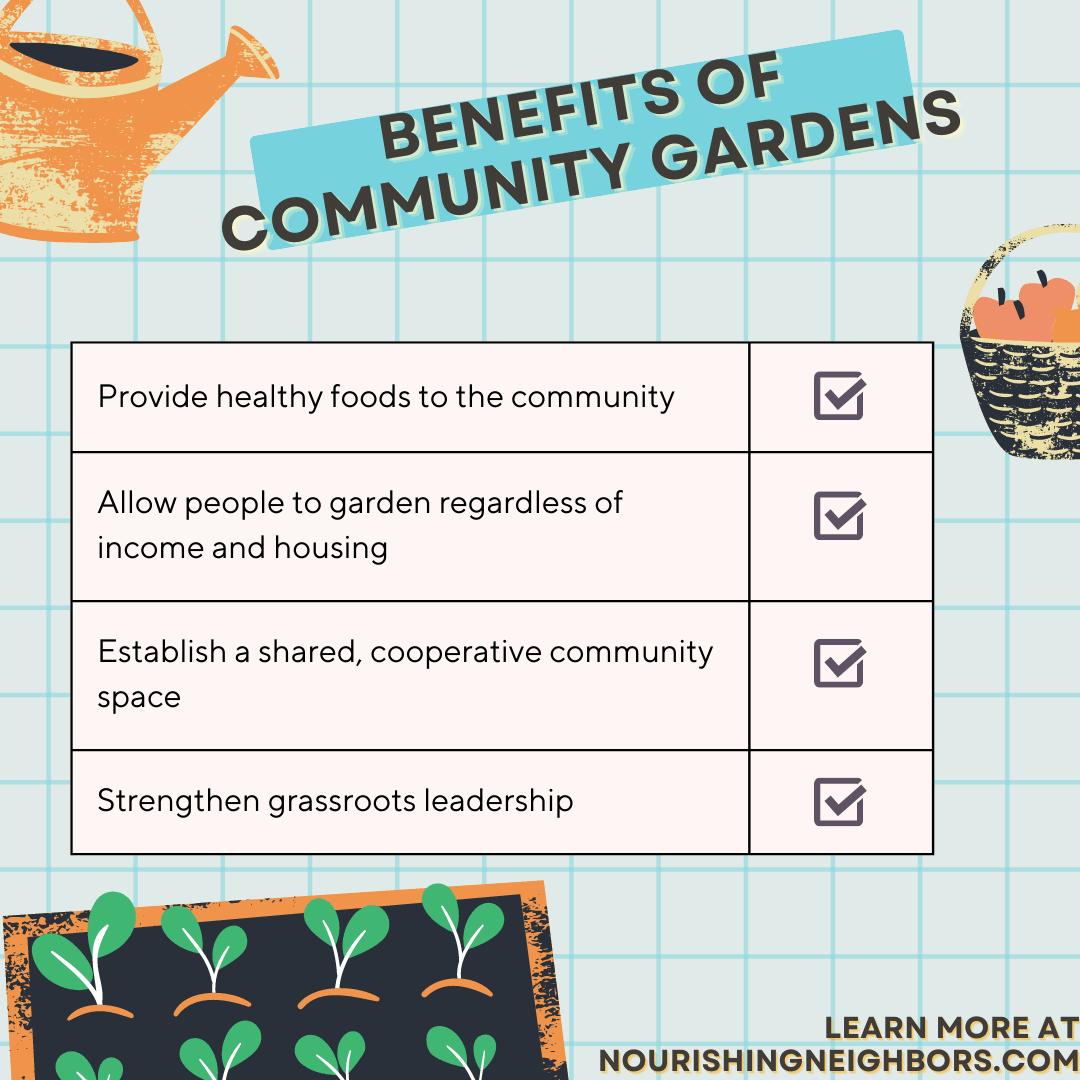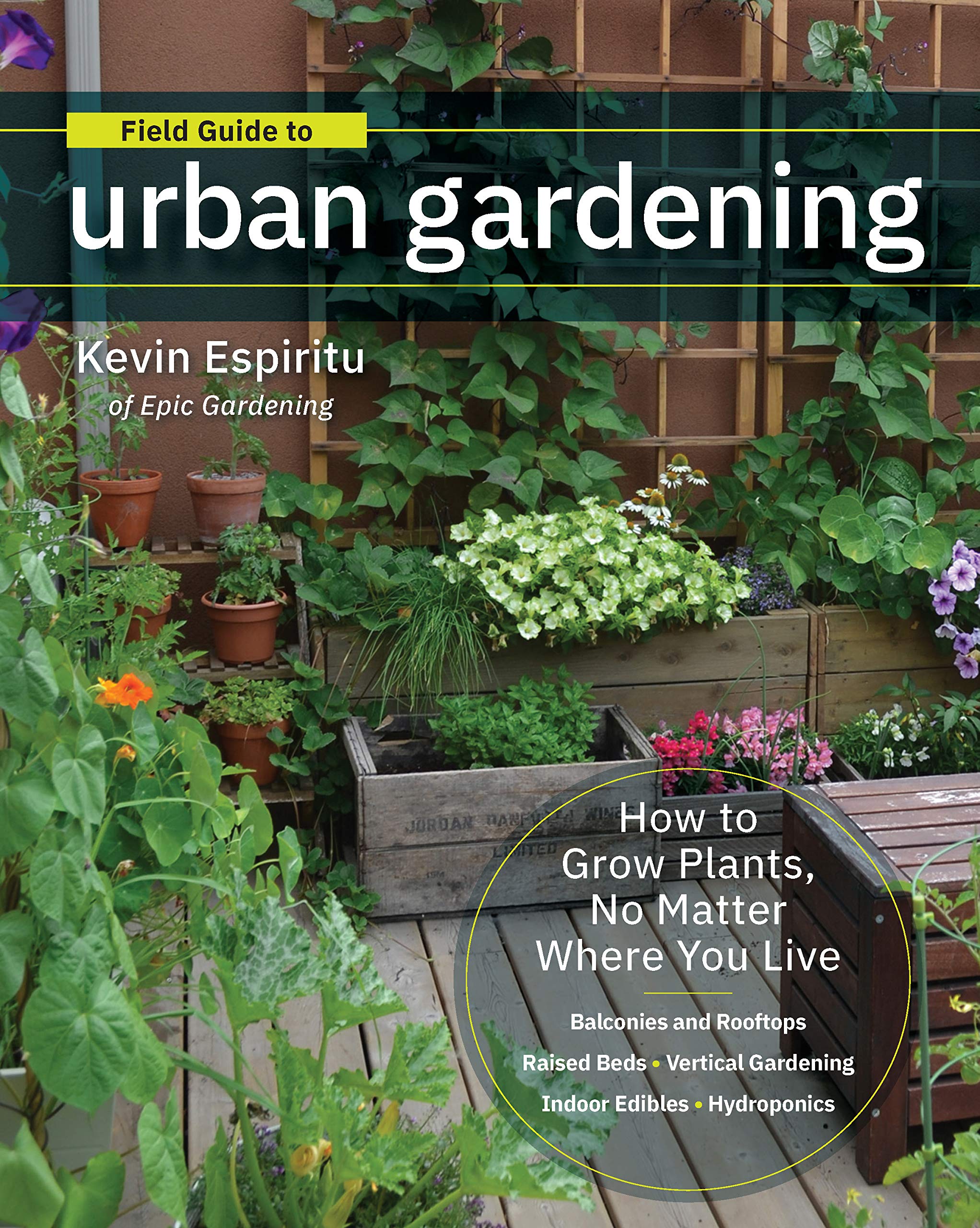What Does City Blooming Mean?
What Does City Blooming Mean?
Blog Article
The 25-Second Trick For City Blooming
Table of ContentsA Biased View of City BloomingCity Blooming Things To Know Before You BuyGetting My City Blooming To WorkAn Unbiased View of City Blooming8 Simple Techniques For City Blooming
Nature has amazing impacts on our physical and mental health, so it's not a surprise that a straightforward delicious on a desktop computer or some potted natural herbs on a windowsill can immediately improve an area. Take those plants a step even more, and you'll cross into the region of urban gardening, which brings a lot more advantages to individuals and neighborhoods alike.What Are Urban Gardens?Urban gardening, in some cases known ascity gardening, is defined as "the process of cultivating environment-friendly areas in city setups. "It incorporates a variety of tasks from urban farming to patio yards to community gardens - sustainability. Urban yards can be had a tendency by people, groups, companies, or organizations. The quantity and range of food expanded can vary extensively, as well as the size of the project itself, yet city horticulture campaigns are all rooted in a city setting.
Whether they are composed of a collection of pots on a veranda or a cluster of plots on a vacant whole lot, these yards offer greater than food, offering a host of environmental, financial, and social advantages. Due to the fact that fruit and vegetables is grown in local settings as opposed to far-away farms, metropolitan gardening reduces transport demands, consequently lowering carbon emissions.
Some Of City Blooming
Sustainable and natural agriculture removes or reduces much of the environmental damage that would be incurred by commercial agricultural approaches. Eco-friendly areas in cities help in reducing the urban warmth island impact. Urban agriculture promotes local economic situations and sustains neighborhood food producers. Community horticulture projects typically offer food at little or no price, which assists boost food budget plans and raise food safety and security. Urban gardens can be tools of social modification that address inequities, systemic racism, and community growth concerns. Here at Cravings For Modification, we use food as a device to build wellness, wide range, and social adjustment in North Minneapolis. We bring people together to learn, cook, eat, and expand food, creating adjustment that lasts.
Surf our shop, think about volunteering, or donate today to support our incredible influence in North Minneapolis! With each other, we can produce well-rooted and prospering modification!.

The main lesson we, once more, should learn is that cities are not divorced from nature. They belong of the larger biome in which they're located. As coordinators and developers, we are trained to believe holistically. While these fields of research promote cities as beneficial, no city is ideal not also close, and the vulnerabilities and interconnections of the international supply chain has influenced everybody in unforeseen means.
City Blooming Things To Know Before You Get This
I will take a look at versions from the past that promoted city gardens and gardeners, and reveal what worked and what did not. I will certainly talk about the opportunities and challenges of being an urban garden enthusiast, what is required to establish up a garden of your very own, and what legislations and standards stand in the method of making cities better at advertising urban yards.
The quantity of time squandered getting to and from traditional work environments has been well documented. One noteworthy research study ended that before the pandemic, Americans lost a standard of 54 hours a year travelling. The accumulated adverse impacts of pollution and tension that result from commuting alone by automobile as the majority of Americans do are significant.
The capability to come to the workplace for partnership and culture, and stay home for concentrated job is a concept that saves time, is better for the atmosphere and is a smarter usage of minimal resources. What hasn't yet taken hold is the connection in between these adjustments in habits and just how cities might react.
City Blooming - Questions
What are the health impacts of our cities suddenly overdesigned for autos? How can our city infrastructure (roads, energies) do much better, not only as avenues to move individuals and items, yet as contributors to all-natural systems? Urban sensations such as smog, bad water high quality and the 'warmth island impact' can be alleviated by greening news our streets, energizing our automobiles and growing our car park.
In a recent write-up in the Wall surface Road Journal, Richard Florida discussed the sensation of 'zoom cities,' which draw in remote employees by creating a photo of a higher quality of life (indoor plants). He created: "For cities, remote job changes the focus from luring companies with special bargains to luring skill with services and amenities
Urban gardening currently has numerous alternatives to help you expand food anywhere you have space, such as with container gardening, hydroponic gardening, and roof horticulture. This means you can control the area where you expand the food, and worry less regarding environmental conditions like drought or cold weather. You can select what you wish to expand, how you want to expand it, and where you wish to grow.
All About City Blooming
Growing mass-produced food with standard farming approaches takes a whole lot out of the earth. Past the lots of resources that are utilized on the ranch, the food after that needs to be moved from where it is grown to a shop near you. That calls for shedding a great deal of gas. On average in the U.S., food is now delivered in between 1,500 and 2,500 miles to get to the customer.

Report this page